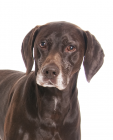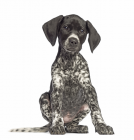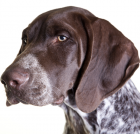German Shorthaired Pointer
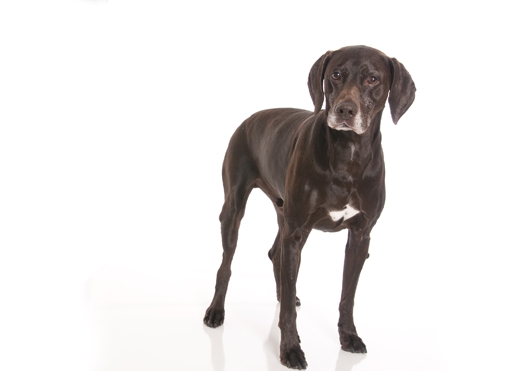
In my own words
What was that? The door?! Are we going on a walk?! I really want to go for a walk! Or maybe we are going to the agility class! I have learnt lots of new things at the agility class, and I really like it when I can jump over the hurdles. I’ve met lots of other dogs there too, and I enjoy playing with my new friends. I like swimming too, I have webbed feet and watertight fur that makes me perfectly suited to swimming. Where’s my owner gone? Oh there he is! I hate being apart from him for a long time.
I wonder if one day I can go on a proper hunt? My instincts are making me inching to! At least I can still chase birds out of the trees. Sometimes I catch things, and bring them back to my owner. They have told me what I can’t catch though, so I have to be careful with what I chase.
My ideal owner(s)
People who live in the country
Very active families
Someone who has access to open land
Hunters
What they say about me
Loyal
Excellent gundog
Very energetic
Great companion
Is this German Shorthaired Pointer for you?
Test your knowledge about the German Shorthaired Pointer
Information essential about the German Shorthaired Pointer
Kennel Club Goup:
Gundog
Size:
Height: Dogs 23-25 inches (59-64 cm.) Bitches 21-23 inches (53-58 cm.)
Weight: Dogs 55-70 pounds (25-32 kg.) 45-60 pounds (20-27 kg.)
Popularity:
The GSP is a popular dog; especially in Germany, with numerous portrayals in popular culture.
Breed History:
Descended from other German pointer breeds (although its precise origin is unclear), GSPs were originally bred as dogs that were excellent for the weekend hunt, but provided a great companion in the week. With a keen sense of smell, a dependable intelligence and an outgoing personality, German Shorthaired Pointers were ideal for the casual sportsmen who wanted a family-oriented companion as well. The first studbook was created in 1870 and the breed was first recognised by the German Kennel Club in 1930, and has since been a common staple in dog sports, such as agility, obedience, retrieving , field trials and hunting tests. The breeds close historic relatives include the Old Spanish Pointer, German Bird Dog, Hounds of St. Hubert (Bloodhound types), and the Foxhound; eventually, German breeders added English Pointers to the mix, giving the breed a sleek, handsome shape. Its modern relatives include the two other German Pointer types: the Longhaired and the Wirehaired.
Character:
GSPs are first and foremost bred to be working and hunting dogs, and as a result that is their ideal environment. However, they were also bred to be great companions and this means that they are very loyal and love interacting with humans. As a result they possess a good balance of being friendly, outgoing, reliable, hard-working and easy to please. They love going on long walks, chasing things, running through water and swimming; essentially fulfilling their bred requirement of being a gundog. Plenty of space for them to be able to roam is an absolute must, and are probably not best suited to living in flats. They make the perfect running partner, and can even be a cycling partner; as they can still keep up with you even if you’re on a bike. A very active family is required! They have an excellent nose (designed to pick up a hunt scent), and will occasionally bring you ‘trophies’ from their own individual hunts. The dog needs to be properly trained from a young age to make sure it uses this hunt instinct in the right way. They possess high intelligence (ranking 17th in Stanley Coren's The Intelligence of Dogs) and can be trained for dog sports, such as agility and obedience. They do sometimes like to have a good bark, and make great doorbells – or burglar alarms
Temperament:
As with all gundogs, GSPs require copious amounts of exercise and if this is not fulfilled they will become bored and try to exercise themselves, often with destructive effects to furniture, sofas, the new living room carpet etc. They also do not like to be left alone for extended periods of time, due to their affection with humans. They are great with children, however care must be taken around puppies as they can become very boisterous. Later in life they still are playful, but learn to become affectionate. They are great with other dogs too but, because of the natural hunt instinct, they must be properly trained to deal with other household pets such as rabbits and cats. That being said, they can be very happy to live with other animals. When they lack in exercise they can become high strung, and frustrated. The GSP will not listen if they sense that they are stronger minded, or above, than their owner, however they will also not respond well to harsh discipline. The GSP needs an owner who displays a natural air of authority. Firm, but calm, confident and consistent with rules they must be made to follow.
Conformation:
GSPs have a balanced shape, muscular and powerful The breed is streamlined yet powerful with strong legs that make it able to move rapidly and turn quickly. It has moderately long floppy ears set high on the head. The tail is often docked, although this is restricted in some countries. The dog should have the ability to form the classic pointer’s stance; pointing with the head and body. They have webbed feet (idea for being able to swim). The coat is very short and flat, with a stiff undercoat (causing the coat to be water resistant). The teeth should have a full scissor bite and the nose should be equal to the length of the skull. The eyes should be almond coloured
Colour:
GSPs are commonly brown and white, colours that act as camouflage in the winter; helpful when sneaking up on game. Black and white varieties can also be seen, but these aren’t allowed by American Kennel Club standards.
Training:
With a natural hunting reflex, training is essential in order to control the dog. GSPs require a lot of exercise and vigorous activity, and if this is not fulfilled they will have an attempt at amusing themselves. The breed is perhaps best suited to someone who has had previous experience in dog training before. They will not learn from harsh training, but will also not learn if they feel as though they are above their owners. A perfect balance is key.
Care:
Because of their short coat, GSPs are very easy to groom and maintain. It sheds on average and they are hypoallergenic, perfect for someone who normally has allergies to fur . Regular checks of the ears is necessary as, like all dogs with floppy ears, they a prone to infection. A GSP is a very active dog, so needs plenty of water to keep It hydrated, and it goes without saying that this is particularly increased on a hot day.
Health:
Like all purebreds, GSPs are prone to some health problems including epilepsy, hip dysplasia, hermaphrodism and lymphedema (a tissue condition). Getting the dog hip scored as a puppy by a vet is a must as, due to their active life styles; issues with the legs can create real problems for the dog later on in life. When the dog is a puppy, care must be taken to make sure it receives the right amount of exercise so as not to put strain on its back and legs. In general, though, they are a healthy breed and will live around 12-15 years. GSPs eat a lot of food, and it is essential to get the right balance of food depending on how active it will be; this is especially true if it is a working dog. For more information on its food intake, it is best to speak to a vet
You may also like:
If you like German Shorthaired Pointers, you may be interested in breeds of the same size »



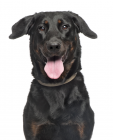
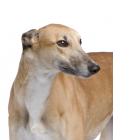
If you like German Shorthaired Pointers, you may like other breeds with similar characteristics »
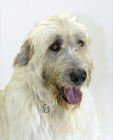


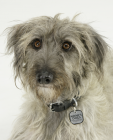
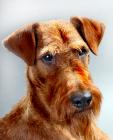
If you like German Shorthaired Pointers, you may be interested in these other gundog dogs »


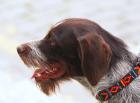


Advice on choosing your breed »
Find an animal shelter or rescue home where a German Shorthaired Pointer is waiting for a new home »
The following grid gives a fast track review which covers all breeds. You can apply it to help you decide if a German short haired Pointer is suitable for you, the environment where you live, your personality and your lifestyle. On the grid, 1= strongly disagree, and 5= strongly agree. You might like to save or print off this section and keep it for reference while you check some other breeds before making your final choice.
Be the first to rate this breed »
|
*PLEASE NOTE: All our breed profiles are general, and all dogs are individuals. Always talk to the breeders and meet the owners you are buying from. Try to meet the dog and its parents if it is a puppy in their home environment.








